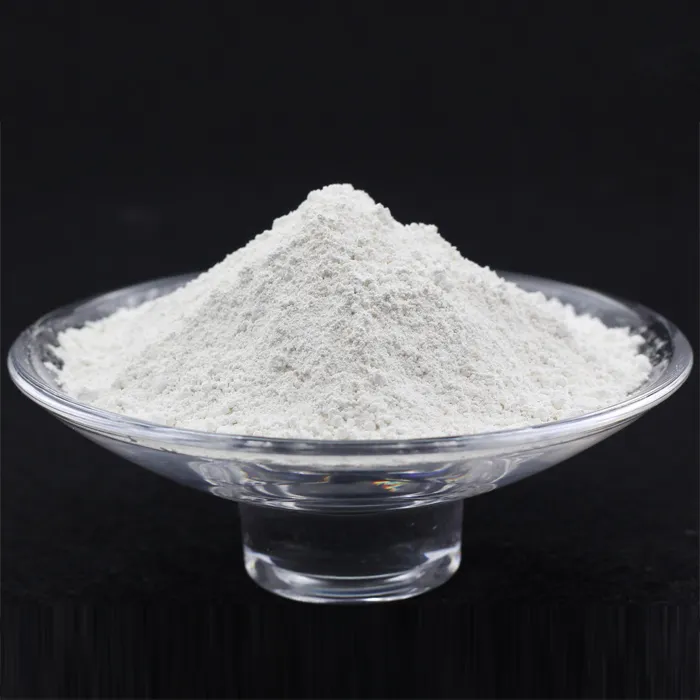Cationic Polymers in Water Treatment An Overview
Water treatment has become an essential aspect of environmental management, crucial for ensuring access to clean and safe water. Among the various materials employed in this sector, cationic polymers have gained significant attention due to their unique properties and versatility. These positively charged macromolecules are commonly used for coagulation, flocculation, and sedimentation processes, significantly improving the efficiency of water treatment systems.
Cationic polymers are characterized by the presence of positively charged functional groups, which enable them to interact effectively with negatively charged particles, such as suspended solids, organic matter, and microorganisms in water. This interaction promotes the aggregation of these particles, aiding in their removal during the treatment process. One of the primary applications of cationic polymers in water treatment is in the coagulation and flocculation stages. By inducing particle agglomeration, they enhance the formation of larger flocs that can be more easily separated from the water column.
The efficiency of cationic polymers in water treatment can be attributed to several factors. Their molecular weight, charge density, and structure play crucial roles in determining their effectiveness. High molecular weight cationic polymers generally offer better performance, as they can bridge multiple particles, leading to the formation of larger aggregates. Additionally, a higher charge density can improve the polymer’s ability to neutralize negative charges, enhancing the coagulation process.
cationic polymer used in water treatment

An important consideration when utilizing cationic polymers is the balance between the dosage and the turbidity of the water being treated. Overdosing may lead to excessive floc formation, which can cause issues in downstream processes, such as filtration, while underdosing may result in incomplete removal of contaminants. Therefore, careful optimization of dosage is essential to achieve the best results.
Moreover, cationic polymers are also employed in the treatment of wastewater, where they help in the removal of organic pollutants and pathogens. In industrial applications, these polymers can assist in treating effluents from various sectors, including textile, paper, and food processing industries. By reducing the concentration of harmful substances, cationic polymers contribute to lower environmental impact and compliance with regulatory standards.
Another significant aspect of using cationic polymers in water treatment is the trend towards more environmentally friendly and sustainable practices. Many researchers are focused on developing bio-based cationic polymers derived from natural sources, which can provide effective treatment solutions while minimizing reliance on synthetic chemicals. This not only enhances the sustainability of water treatment processes but also reduces potential health risks associated with the use of traditional chemical coagulants.
In conclusion, cationic polymers represent an invaluable tool in the field of water treatment, providing effective solutions for coagulation, flocculation, and sedimentation processes. Their ability to interact with various contaminants makes them suitable for a wide range of applications, from drinking water to wastewater management. As the industry continues to evolve, the ongoing research and development of innovative cationic polymers will play a crucial role in enhancing water quality and sustainability efforts globally.

